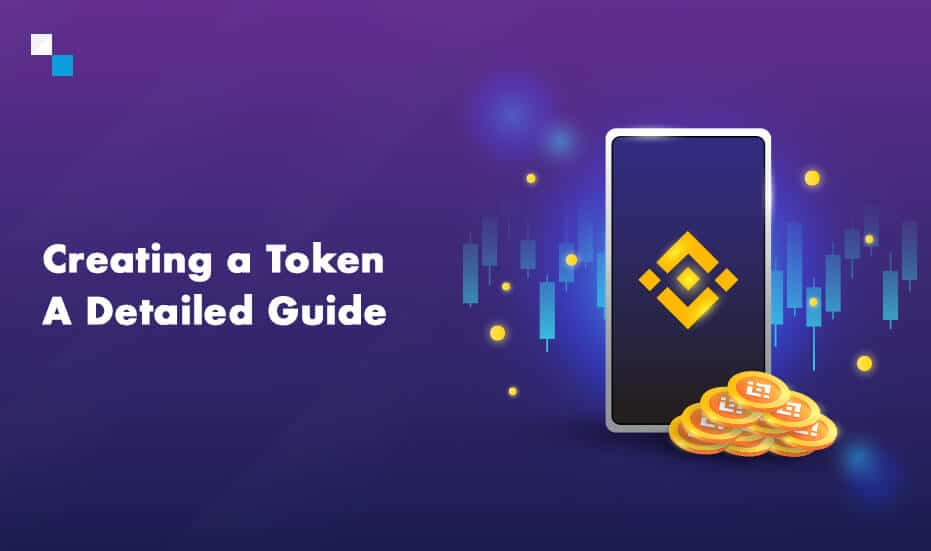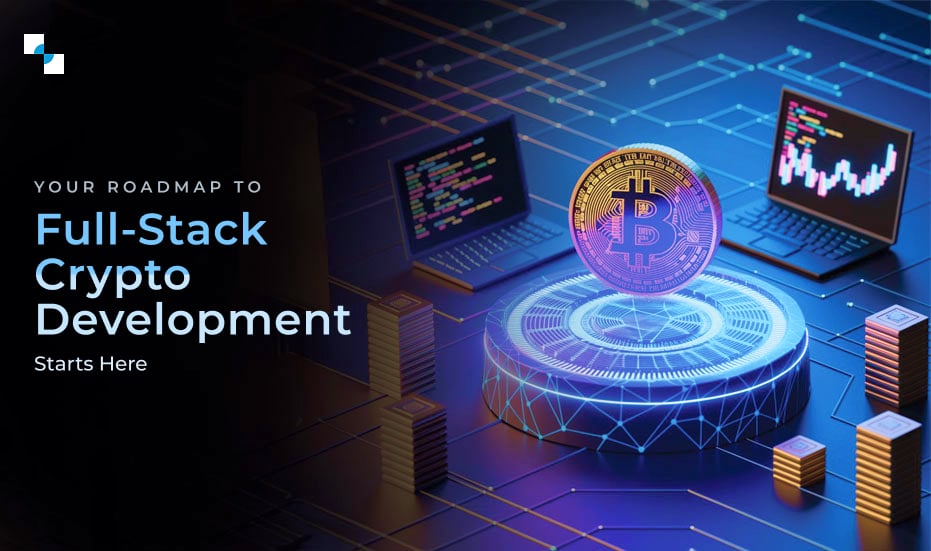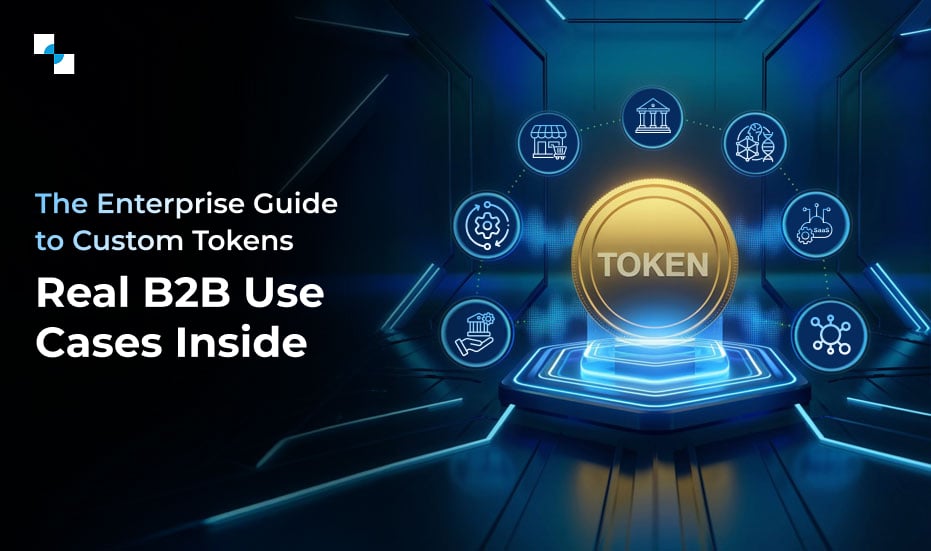Tokens are cryptocurrencies that are created on an existing blockchain and follow a certain token standard. On the other hand, crypto coin development involves building a currency on a new blockchain. For example, Ether is a crypto coin as it was built on its Ethereum blockchain and all other currencies built using the Ethereum standard are tokens.
With the introduction of smart contracts, Ethereum became the most used blockchain for the creation of ERC-20 crypto tokens. Following the suite, many blockchains like Binance Smart Chain (BEP-20), NEO (NEP and NEP-5), Tezos (TZIP-12) introduced different token standards. Each has its own advantage but if you want to differentiate yourself from the competition, the token development procedure must be planned carefully. Here is what you should know before creating your own cryptocurrency.
1. Identify the use-case
Finding out the actual use-case of your token is very important because that is what drives the price of the token in the future. Different tokens exist for different purposes. You can always ask your cryptocurrency development company to help you analyze which type of token is suitable for the proposed use-case. Some of the popular types of tokens are:
• Security token
A security token acts as a proof of investment. For example, these are used to represent real-world assets during the security token offering or STO. These can represent equities and fixed incomes like dividends.
• Utility token
A utility token is used to provide some advantage to the token holder. For example, BNB is the utility token of the Binance ecosystem, and holding BNB allows traders to avail trading discounts or stake and earn opportunities.
• Asset token
These are the ones that are pegged to a real-world asset like gold, oil, real estate, or more.
• Stable coins
These are digital tokens that are pegged to real-world assets like fiat currencies and commodities. For example, USDT or USDC are two stable coins used to represent USD on the blockchain. Some platforms introduce their own stable coins for easy settlement of trades.
• NFTs
Non-fungible tokens or NFTs are a new class of tokens used to represent a unique item. These items could be a music file, real-estate, photo, or any such asset.
2. Pick the right consensus protocol
For your token to accrue value in the market, the blockchain on which it is built must be selected based on the consensus protocol that it uses. For example, most of the token development projects handled by a cryptocurrency development company pivot around the ERC-20 Ethereum standard that is currently a proof-of-work algorithm and consumes a lot of energy to reach consensus.
Slowly and steadily, many blockchains that started as PoW are transitioning to Proof-of-stake and its different variants that are faster and cheaper.
3. Pick the blockchain
Based on the consensus mechanism that you choose, you can pick from the following list of blockchains.
Proof-of-work
Ethereum
Proof-of-stake
NEO
Binance Chain
EOS
Other consensus protocols are Proof of Capacity, Proof of Burn, Proof of Elapsed time, Proof of Staked authority and more. You can discuss the details with your cryptocurrency development services provider to understand which blockchain suits your project idea.
4. Designing the nodes
The nodes help you decide how the data is verified and processed. You can choose private, public and hybrid nodes for your project. This will help you decide how the security of the token needs to be taken care of.
5. Build your own blockchain
While developing tokens is a quick and cost-effective process, there may be scenarios when you would have to go for completely new blockchain development. Crypto coin development is just a part of blockchain development; there is a lot more that needs to be taken care of when you design a new blockchain:
• Define the permissions that decide who can access the data from the chain, perform the transactions and validate data to add new blocks to the chain.
• Decide the address format of the blockchain.
• Decide the format of the keys that are used to generate signatures for the transaction.
• Establish the rules for creating and listing the assets.
• Establish the rules to create more assets.
• Decide how the private and public keys will be managed and protected.
• Decide how many signatures will validate a transaction on your blockchain.
• What will be the block size; what rewards will be given for mining if the blockchain is Proof-of-work.
• Will the blockchain have its native currency?
• Define the block signatures
Wrapping it up
If you have come across this article, it means you have come quite far and after reading this article you must have understood that a lot of work needs to be done before token or crypto coin development.
At Antier Solutions we house a cross-functional team of blockchain experts who offer comprehensive solutions – from conceptualization and coin/token development to deployment, launch, and marketing.
Schedule a free demo of one of our token development projects or connect with our subject matter experts to share your needs for crypto coin or token development.







